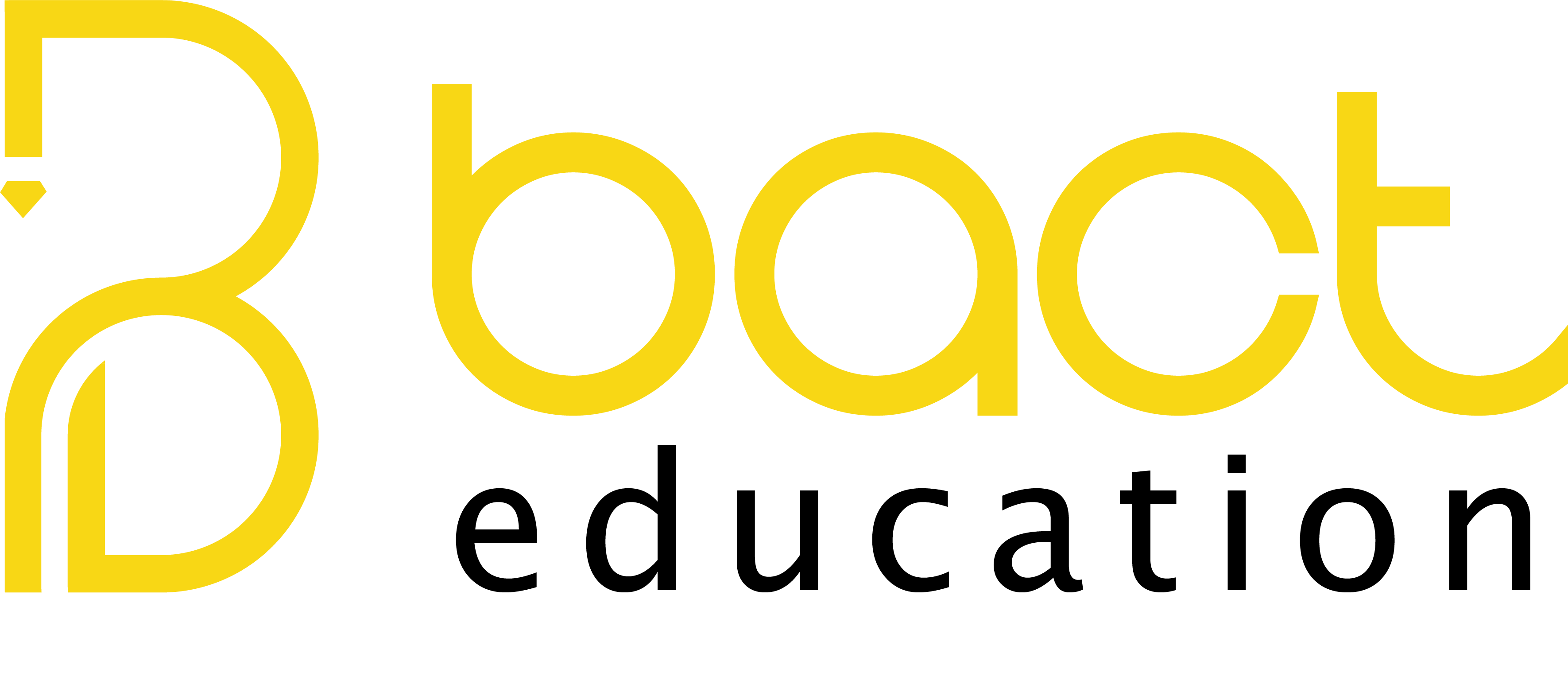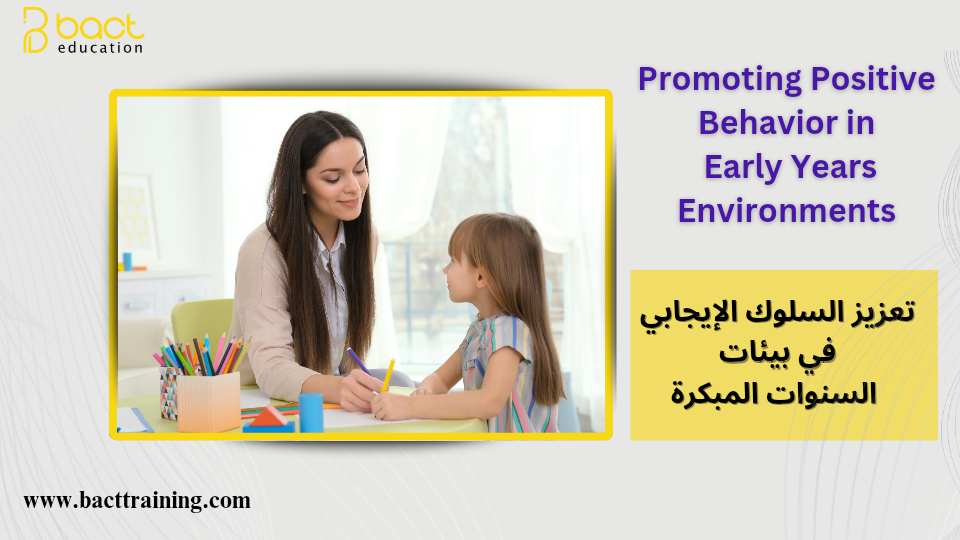Promoting Positive Behavior in Early Years Environments
Promoting positive behavior in children is a crucial process that parents and educators must undertake. These positive habits form a fundamental basis for the child’s growth and proper development.
The Importance of Promoting Positive Behavior in Children
Encouraging positive behavior in children has numerous benefits for their social, emotional, and cognitive development, as well as their personal growth. Here are some key reasons to promote positive behavior in your child:
- Building Confidence: By reinforcing positive behavior, children learn to trust their abilities and strengths. This helps them develop self-confidence and belief in themselves.
- Establishing Positive Relationships: Positive behavior helps children build healthy and constructive relationships with others. They learn how to cooperate, communicate, and interact positively with those around them.
- Developing Life Skills: Encouraging positive behavior contributes to the development of essential skills such as reasoning, verbal reasoning, cooperation, and problem-solving. These skills benefit children in both their academic and personal lives.
The Role of praise and Encouragement in Promoting Positive Behavior
Praise is one of the most effective methods for reinforcing positive behavior and encouraging children to adopt good values and behaviors. It enhances a child’s confidence and self-esteem, motivating them to continue displaying acceptable positive behaviors. When parents and early years educators praise a child and express appreciation for their efforts and achievements, the child feels accepted and valued, making them more likely to repeat those positive behaviors.
To maximize the benefits of praise, it should be:
- Genuine: Praise should be sincere, specific, and directly related to the child’s actual achievement.
- Immediate: Praise should be given immediately after the child exhibits positive behavior.
- Detailed: Clearly explain why the child is being praised, highlighting the specific positive behavior being recognized.
- Without Criticism: Praise should not be accompanied by any side criticism, even if intended for improvement. Any necessary feedback can be given separately after the praise.
Effective Reinforcement Techniques
In addition to praise, several other techniques can be used to promote positive behavior in early childhood settings, including:
- Role Modeling: Parents and educators can serve as positive role models by demonstrating the behaviors they want children to adopt. When children see significant people in their lives acting positively, they are more likely to imitate those behaviors.
- Setting Goals and Rewards: Positive behavior can be reinforced by setting achievable goals and providing rewards when they are met. Rewards can include verbal appreciation, quality time, or small gifts.
- Effective Communication: Positive behavior should be reinforced through effective communication with the child. Using praise and expressing interest can strengthen the bond between the child and caregiver while guiding positive behavior.
How to Handle a Child’s Mistakes Positively
When a child makes mistakes, it is important to address them positively to encourage personal growth and reinforce positive behavior. Here are some tips for dealing with a child’s mistakes constructively:
- Stay Calm and Flexible: When a child makes a mistake, remain calm. Avoid harsh emotional reactions that may escalate the situation.
- Explain the Mistake and Its Impact: Clearly explain the mistake in simple, age-appropriate language. Discuss the negative consequences of incorrect behavior and how positive actions can have better outcomes.
- Offer Constructive Solutions: Instead of merely criticizing, provide a constructive solution. Suggest ways the child can correct their behavior and avoid similar mistakes in the future.
- Embrace Mistakes as Learning Opportunities: Teach the child that failure is a natural part of learning. Encourage them to see mistakes as opportunities for growth and improvement.

